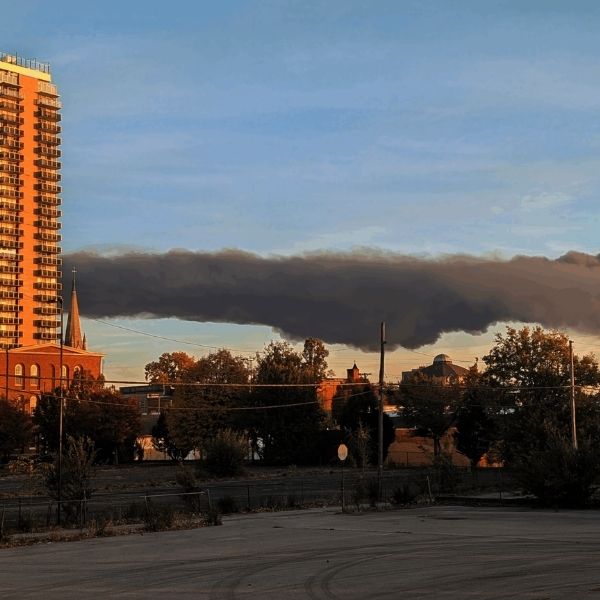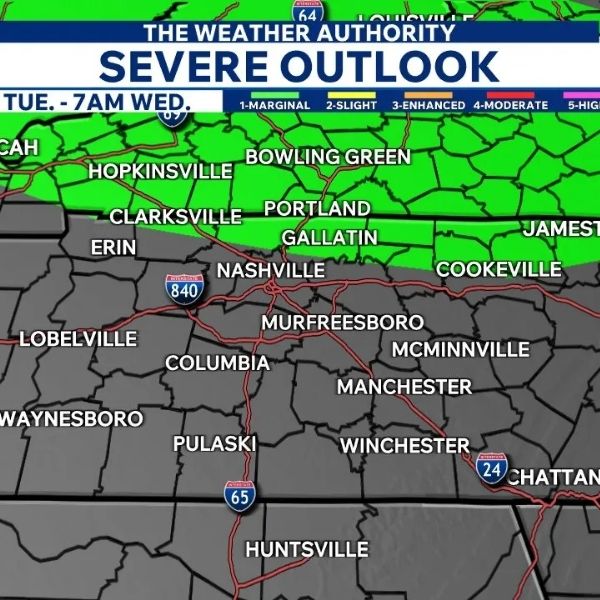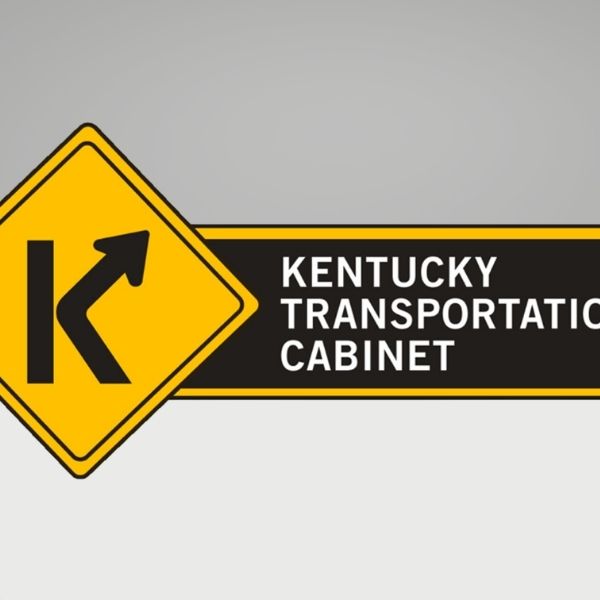The U.S. road network is massive—over 4.2 million miles of public roads—but quality varies dramatically from city to city, affecting everything from commute times to vehicle repair bills. While many metro areas struggle with potholes and aging asphalt, a growing group of cities stand out for smooth pavements, proactive maintenance, and smart long‑term investment in infrastructure.
How This Ranking Was Framed
To identify U.S. cities with the best maintained roads, this article looks at multiple indicators: percentage of roads in good condition, pothole and complaint data, reported vehicle repair costs, and documented local maintenance programs and investments. Because there is no single official national “best road city” index, this list synthesizes recent research from transportation data firms, insurance and automotive analyses, and city‑level initiatives to highlight places where road upkeep clearly outperforms the national norm.
Why Good Roads Matter
Well‑maintained roads reduce crash risk, lower vehicle operating costs, and shorten commute times. Nationally, nearly half of drivers say poor road quality is one of the biggest issues they face, and pothole‑related Google searches surged 107% from 2019 to 2022, showing how visible the problem has become. In some of the worst metro areas, bad pavement adds over 900 to 1,900 dollars per driver each year in extra repair and operating costs, underlining how valuable the “best roads” cities really are.
10 U.S. Cities with the Best-Maintained Roads
1. Orlando, Florida
Orlando consistently ranks at or near the top of national road condition tables, with about 69% of its urban roads categorized as being in good condition, one of the highest shares among large U.S. metro areas. As a global tourism hub, Orlando’s economy depends on smooth access to airports, theme parks, and hotels, which keeps political and public pressure high for regular resurfacing, lane markings, and quick repairs on major arteries.
Beyond percentages, Orlando also shows up as one of the best places to drive overall, combining good pavement with relatively efficient traffic compared with worse‑performing big cities. For residents and visitors, that means fewer suspension‑rattling potholes on key corridors and more predictable travel times between attractions and suburbs.
2. Atlanta, Georgia
Atlanta appears repeatedly at the top of “best roads” and “best driving cities” lists, reflecting a long‑term focus on highway quality and urban arterial maintenance. In rankings using TRIP data, roughly two‑thirds of its roads fall into the “good” category, putting Atlanta in the national top tier for pavement condition.
Importantly, Atlanta combines solid road surfaces with a strong repair culture; analysts note that the region’s high revenues have translated into frequent resurfacing and fast pothole patching along major commuter routes. That investment matters in a metro area famous for heavy traffic congestion, helping keep rough‑pavement‑related crash risk and vehicle damage lower than in many peer cities with similar traffic volumes.
3. Corpus Christi, Texas
Corpus Christi has been singled out as the single best U.S. city for road quality in a 2024 analysis that compared pavement condition and local spending commitments. The city recently approved a 24 million dollar street repair initiative and created a dedicated street utility fee that ties everyday utility customers more directly to long‑term roadway upkeep.
Those policy choices allow Corpus Christi to take a preventive approach to maintenance—resurfacing before roads fail rather than waiting for severe cracking and pothole formation. As a result, drivers here generally encounter smoother arterials and fewer deep potholes than in many other Gulf Coast metros, despite coastal weather that can be hard on infrastructure.
4. Boston, Massachusetts
Although Massachusetts as a state struggles with a large share of roads in poor condition, Boston stands out within national city‑level data for its relatively high percentage of urban roads classified as good—about 65%. That makes Boston one of the leading big cities in terms of pavement quality, even as it manages harsh winters and dense traffic.
Boston’s performance reflects heavy investment in resurfacing programs and the legacy of major projects like the Central Artery/Tunnel, which replaced aging elevated infrastructure with newer tunnels and surface roads. While congestion is still a major challenge, the underlying pavement on many key commuter routes is substantially better than in peer Northeastern metros like New York or Philadelphia, where a much larger share of roads are rated poor.
5. Portland, Oregon
Portland has quietly built a reputation for relatively high‑quality pavement while also pushing broader “complete streets” policies that balance car travel with biking and transit. Data from TRIP and related analyses show roughly 55% of the area’s roads in good condition, placing it among the top large metro areas for road quality.
Local officials emphasize preventive maintenance, using resurfacing and sealing programs to extend pavement life before failure rather than relying solely on reactive pothole filling. That approach helps contain long‑term costs and keeps Portland’s arterial roads notably smoother than those in many other older U.S. cities with similar climate challenges.
6. Jacksonville, Florida
Jacksonville appears near the top of the list of U.S. cities with the highest percentage of roads in good condition, with about 55% of pavement rated good according to TRIP data synthesized by fleet telematics researchers. As one of the country’s geographically largest cities, that share is significant, given the sheer mileage that must be inspected and maintained.
Steady investment in resurfacing, combined with Florida’s relatively mild freeze‑thaw cycle compared to northern states, helps Jacksonville maintain smoother surfaces on highways and major surface streets. For drivers, that often translates into less tire and suspension damage and more comfortable commutes, particularly on newer expressways connecting suburbs to the urban core.
7. Raleigh, North Carolina
Raleigh frequently lands on shortlists of the best U.S. cities to drive in, thanks to modern road design, comparatively fresh infrastructure, and strong maintenance scores in national evaluations. As a rapidly growing tech and research hub, much of Raleigh’s network has been built or reconstructed in recent decades, which means smoother pavements and more consistent lane geometry than in older industrial cities.
Analysts highlight Raleigh’s mix of new highways and well‑marked surface streets, noting that potholes are less common and typically addressed quickly when they appear. These conditions help keep crash rates and vehicle wear lower, making the Research Triangle one of the more driver‑friendly regions in the Southeast.
8. Austin, Texas
Austin’s rapid growth has put pressure on its road network, but it also brought in substantial tax revenue that local and state agencies have used to expand and upgrade key corridors. Commentators note that the metro’s primary highways and major arterials are generally wide, well‑marked, and regularly resurfaced, giving Austin a reputation for above‑average ride quality even as congestion worsens.
Beyond new construction, Austin has invested in quick pothole response and patching, limiting the time that dangerous defects remain in the roadway. That blend of expansion and maintenance has made Austin a recurring fixture on lists of cities with some of the best maintained urban roads in the country.
9. Phoenix, Arizona
Phoenix benefits from both climate and policy when it comes to pavement quality. The desert environment means less freeze‑thaw damage, and relatively low rainfall reduces water infiltration that can break apart asphalt and concrete. On top of that natural advantage, the city and region maintain proactive maintenance programs that emphasize resurfacing and sealing before potholes become widespread.
Analysts point out that Phoenix’s roads tend to have sharp lane markings, good shoulders, and relatively few deep potholes compared with wetter or colder regions. For the millions of residents who rely almost entirely on cars, these well‑maintained surfaces significantly improve safety and reduce the types of damage that can lead to costly repair shop visits.
10. Denver, Colorado
Denver shows that even snow‑prone cities can maintain solid pavement if they combine aggressive snow and ice management with responsive repair crews. While Colorado as a whole has a notable share of roads in poor condition, Denver repeatedly appears on lists of cities where major roads hold up better than the climate might suggest, due in part to its investment in timely pothole filling and resurfacing.
Reports highlight that Denver deploys plows quickly during winter storms and moves fast to patch damage before it evolves into large, chronic craters. That strategy, along with targeted resurfacing on high‑volume corridors, helps keep its urban road network more comfortable and reliable than comparable snowbelt cities with deferred maintenance backlogs.
Conclusion
Even in these top‑performing cities, the broader U.S. road picture is mixed, with many states facing double‑digit percentages of roads in poor condition and growing maintenance backlogs. National engineering assessments still rate U.S. roads as only “mediocre,” pointing out that under‑investment, aging bridges, and climate‑related damage threaten long‑term performance unless maintenance spending is sustained or increased.
Still, cities like Orlando, Atlanta, Corpus Christi, Boston, Portland, Jacksonville, Raleigh, Austin, Phoenix, and Denver demonstrate that focused investment, preventive maintenance, and clear accountability can deliver noticeably smoother and safer roads. For drivers, these metros offer a glimpse of what a better‑maintained national network could look like: fewer potholes, lower repair bills, and road surfaces that quietly do their job without becoming the main story of every commute.











Leave a Comment